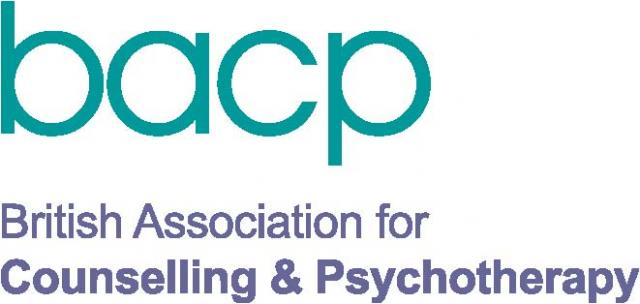Using art therapy to treat anxiety in children
/Anxiety is a normal feeling that everyone experiences which is caused by the body’s fight or flight response releasing adrenaline. A small amount can be healthy, but when a child is exposed to too much physical or emotional stress, an over production of adrenaline can cause them to feel anxious too often, which is commonly known as an anxiety disorder. In a recent NHS study, it was discovered that in the UK a staggering 300,000 young people are currently living with an anxiety disorder.
How art therapy can work better than talking therapy for children
The Q&A format of talking therapy can be anxiety provoking for a child, particularly as they may have limited vocabulary to express what has happened to them and how they feel about it. Children who have had difficult upbringings may have been told by adults to censor what they say. In art therapy, they can communicate their story without the verbal ‘telling’, which can feel safer.
The use of art therapy in working with children with anxiety can help therapists understand underlying thoughts and emotions that typical talking therapies might not reveal.
Art therapy provides children and young people with a simpler and more direct way to express themselves than talking therapy alone. Children are naturally more creative than adults as they have not yet been told that creativity isn’t for them. They are much more likely to comfortable expressing emotions with pencils and paint than they are in words.
Art therapy reveals underlying emotions
Art therapy is a more age-appropriate form of intervention for children, as it is the artwork that starts the conversation between the child and the therapist. What a child is experiencing will quite naturally become present in the art they make, as their artwork directly connects to their underlying thoughts and feelings. This puts the child in control and allows the therapy to develop at a pace that is tolerable to them, so that they don’t feel overwhelmed.
Art therapy works similarly to mindfulness
Mindfulness, the technique of focusing the mind on the here and now, has become an accepted practice in the treatment of anxiety. Art therapy operates on the same principle, as the use of art materials and the act of creativity stop cycles of repetitive thought and worry. This calms down the body and subsequently, the mind.
Calming the body allows the child to slow down and think about what is happening for them emotionally, so they can process feelings and events. The materials themselves can have a calming effect of a child, painting or using clay for example, can be a soothing experience. The more regularly the nervous system of the child is calmed, the less they will experience anxious feelings as the body learns to re-adjust itself.
Art therapy in schools
Art therapy is widely used in schools as teachers have long recognised the benefits for children and young people. If a child has had bad parenting experience, or perhaps has missed out on input from parents, the art-making with a trusted therapist represents a good caring experience, which can restore their trust in adults and allow them to feel safe and cared for. This can help them to develop healthier relationships in the future.
Helping children communicate with art therapy
Art therapy also encourages what child development specialists refer to as ‘joint attention’. This is the experience of being with a caring and attentive adult and jointly observing objects or events and communicating their reactions to them through gesture and eye contact. This shows the child that they can feel the same about things as other people, but that others might also experience things differently. As well as helping with emotional and language development, this sharing of feeling is the beginning of the development empathy.
Traumatised children often lack empathy and find eye contact difficult because no one has spent time with them in this way. Art therapy encourages this process, helping children to feel that they can be seen, heard and understood. Sharing feelings and understanding them can stop cyclical thoughts, a major cause of anxiety.





